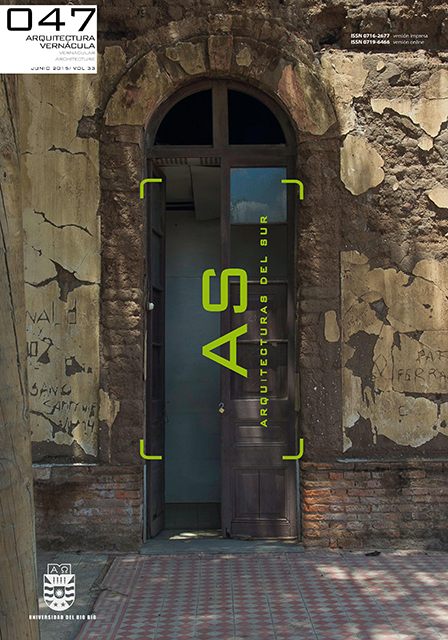The impact of oil on the traditional Maracaibo house: A look from the historical-urban analysis perspective
Keywords:
vernacular architecture, vernacular dwellings, urban housing, urban planning, ordinancesAbstract
The traditional residential architecture of Maracaibo has been known in the collective memory of Venezuelans as a symbol of identity and as a kind of enduring cultural image. It is an archetype considered by locals to be a model of their colonial architecture; while in academia, it is understood as an example of nineteenth-century modernism. This paper aims to argue that it was in the context of the twentieth-century oil exploitation and during the government of Vicencio Pérez Soto, President of Zulia State (1926-1936), when economic and politic conditions were generated that made viable, through ordinances, the image that is now recognized as its traditional architecture. In this study, the historical-urban method was applied, which in its interdisciplinary approach achieves the procedural rigor of using written sources together with the operations typical of urban analysis.
Downloads
Downloads
Published
How to Cite
Issue
Section
License
The content of the articles published in each issue of Arquitecturas del Sur is the sole responsibility of the authors and does not necessarily represent the opinion of University of the Bío-Bío.
The authors will maintain their copyright; however, they will guarantee the journal the right to first publication and dissemination of their work. The publication of the article in Arquitecturas del Sur will be subject to the Creative Commons International license (CC BY-SA) that allows others to adapt: remix, transform and build on the material for any purpose, even commercially; share: copy and redistribute the material in any medium or format, as long as the authorship and first publication in this journal are acknowledged by citing them correctly, and their new contributions are under a license with the same terms.














 Programa de Información Científica/Concurso Fondos de Publicación de Revistas Científicas 2018/ Proyecto Mejoramiento de Visibilidad de Revistas UBB (Código:FP180007)
Programa de Información Científica/Concurso Fondos de Publicación de Revistas Científicas 2018/ Proyecto Mejoramiento de Visibilidad de Revistas UBB (Código:FP180007) 
